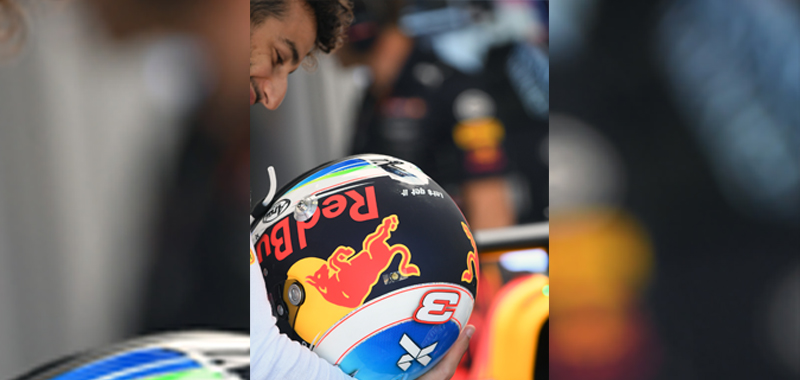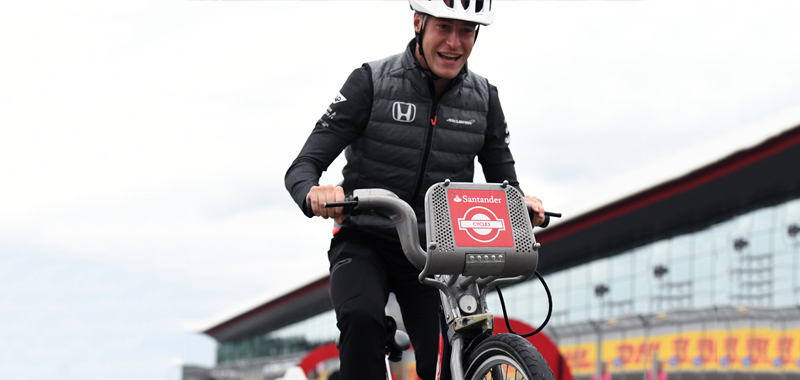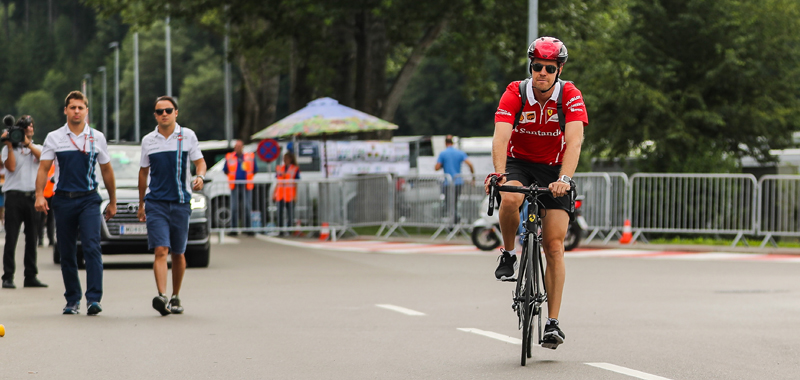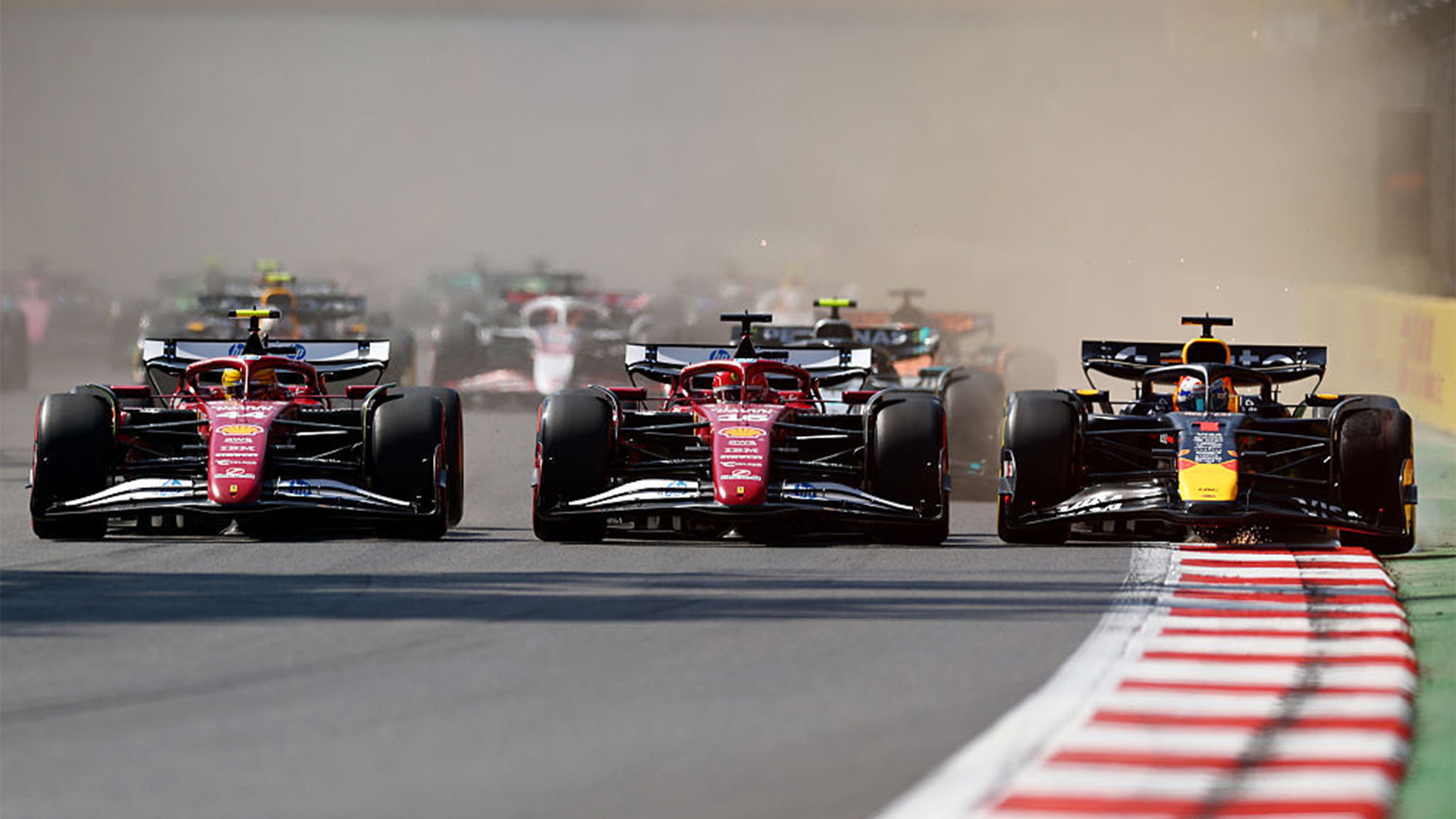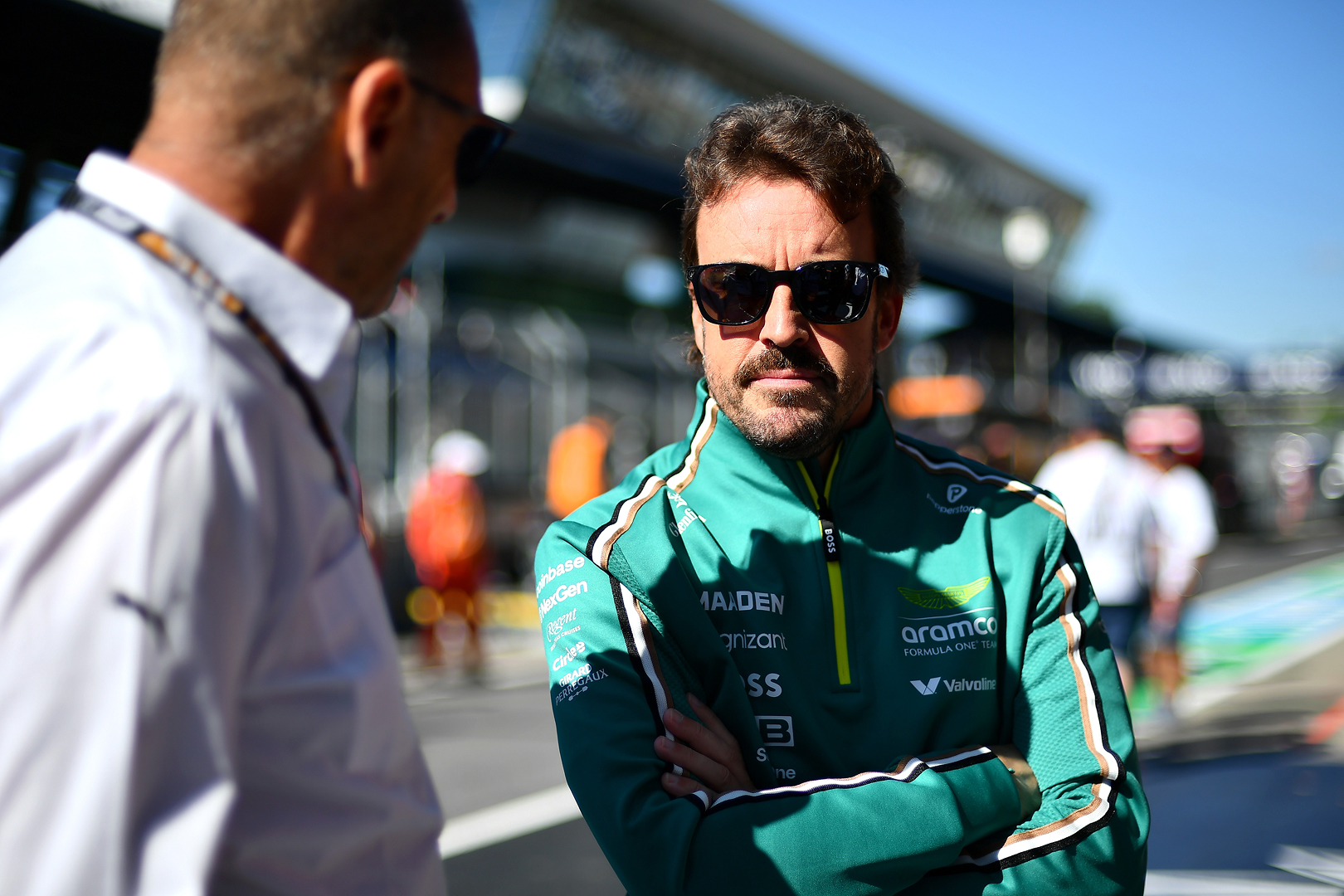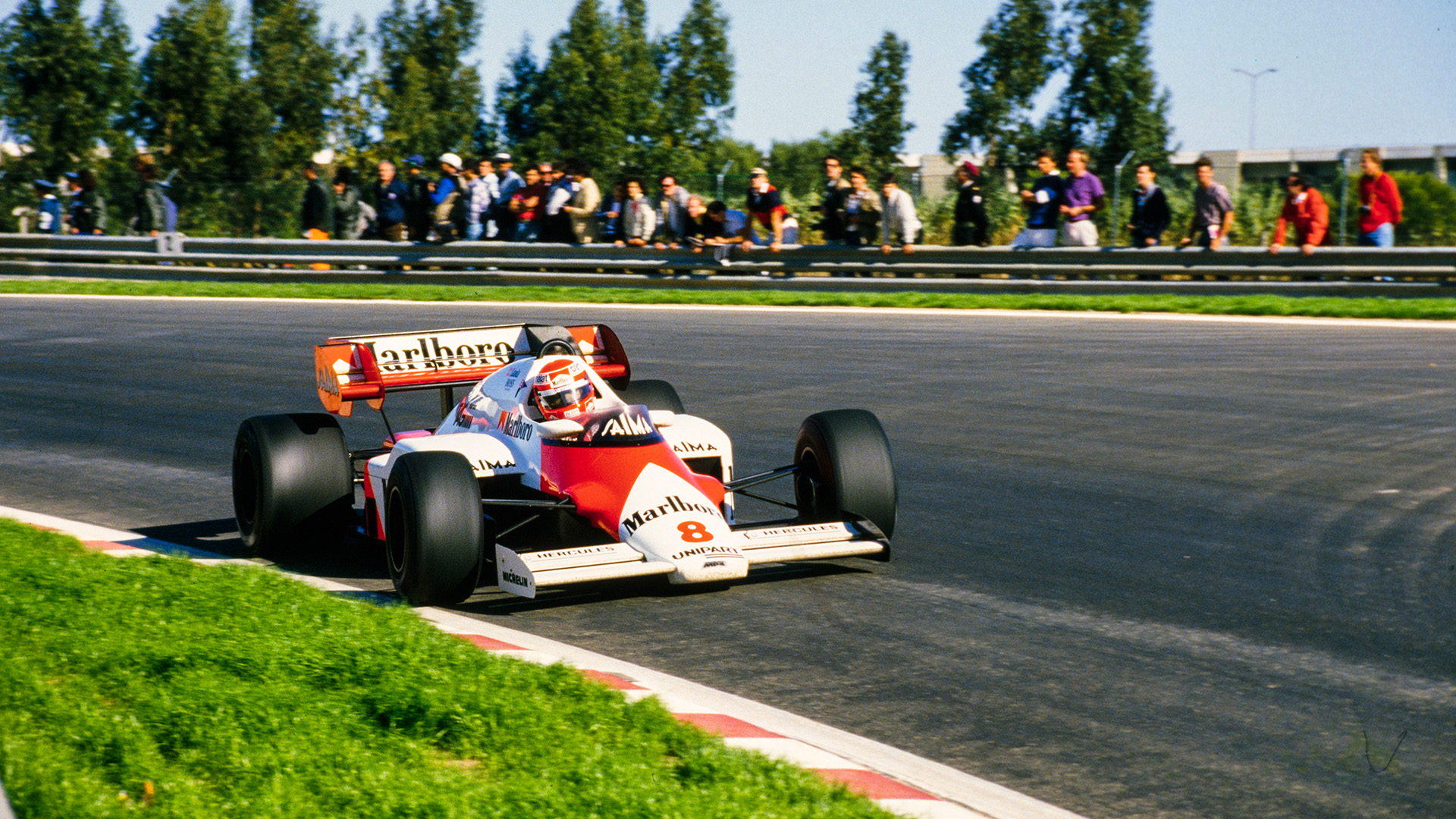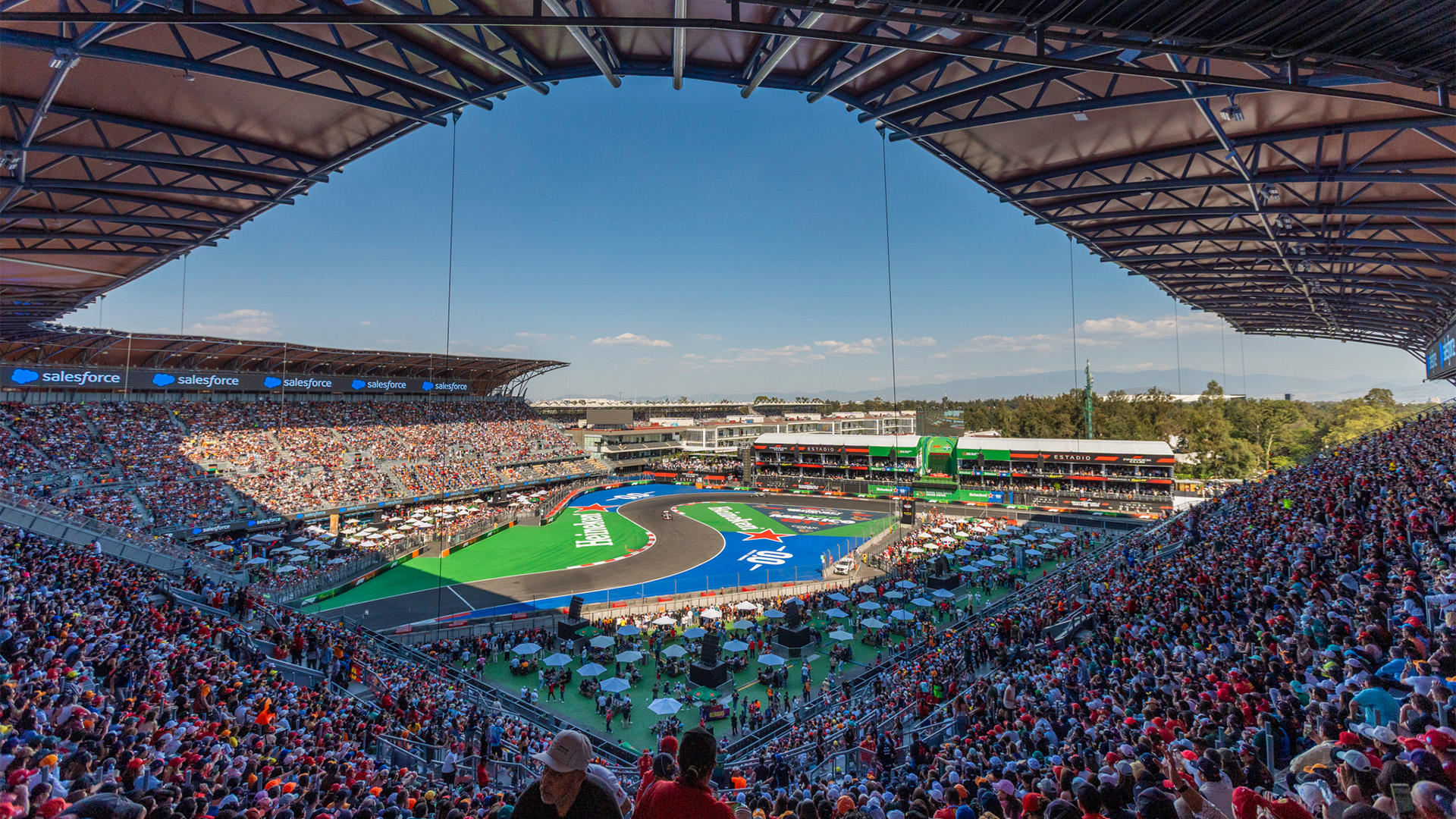Conducir un monoplaza Fórmula 1 exige tener al volante a un deportista de alto rendimiento.
Las velocidades que alcanzan los bólidos de la máxima categoría, así como las fuerzas G (fuerza de gravedad) que se alcanzan al acelerar, frenar y al tomar las curvas, obliga a los pilotos contar con una condición física que les permita competir al 100 por ciento durante una carrera que puede durar hasta dos horas.
La exigencia física de los competidores alcanza su máximo nivel en pruebas como el Formula 1 Gran Premio de México, donde el año pasado se registró la velocidad tope más alta de la temporada del Mundial, con 372.5 kilómetros por hora.
Durante el actual periodo vacacional de la F1, los pilotos no pueden darse el lujo de descuidar sus programas de acondicionamiento físico ni su alimentación.
El entrenamiento consiste en sesiones matutinas y vespertinas en gimnasio, durante cinco días de la semana, en los que se trabaja cuello, columna vertebral, piernas, muslos, tobillos, brazos, antebrazos, muñecas, tórax y abdomen.
Para esta campaña, el acondicionamiento físico fue más intenso desde la pretemporada debido a que los autos son más rápidos en las curvas gracias a los cambios aerodinámicos y a que se utilizan neumáticos más anchos.
La fuerza centrífuga que sienten los pilotos en las curvas, las cuales se llegan a tomar a casi 300 km/h, pueden alcanzar hasta las 5 G. Si se considera que el peso de la cabeza con el casco es de aproximadamente 6 kilogramos, el piloto puede llegar a soportar en una curva fuerzas equivalentes a los 30 kg, y lo hace con los músculos del cuello y espalda.
Se tienen ejercicios en gimnasio que son especiales para los pilotos de automovilismo. Uno de ellos, especial para trabajar brazos y hombros, consiste en tomar una pesa de 5 kilogramos, con una dimensión equivalente a la de un volante, y simular que se conduce.
Otros ejercicios que son de gran ayuda para los pilotos son el ciclismo, para ganar fuerza en piernas; y la carrera pedestre.
Un aspecto que tampoco se debe descuidar durante las vacaciones es la alimentación. Regresar a las pistas con un par de kilogramos extra de peso se podría ver reflejado en el cronómetro.
La dieta de un piloto de Fórmula 1 consiste básicamente en una combinación entre carbohidratos y alimentos ricos en proteína, la cual mantienen a lo largo del año.
La hidratación tampoco puede quedar al margen en la lista de prioridades para un piloto, por lo que no se debe exceder en cuanto al café ni bebidas alcohólicas, que son diuréticas por naturaleza.
Durante una competencia, un piloto de F1 puede llegar a perder hasta tres kilogramos de peso, o inclusive más en carreras como Malasia, donde el desgaste es mayor debido al calor y al ambiente de extrema humedad.
Es así como, mientras disfrutan de unos días de merecido descanso alejados del estrés de las pistas, los pilotos de Fórmula 1 deben cuidar su estado físico y alimentación, para reanudar la temporada en la pista de Spa-Francorchamps, en Bélgica, el próximo 27 de agosto.




